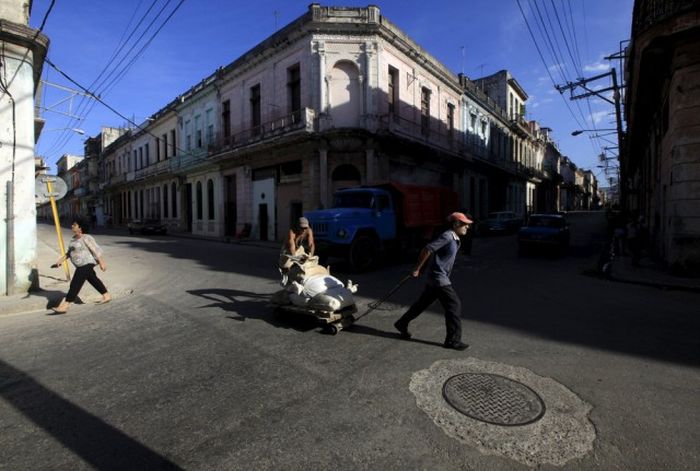|
|
Lifa In Cuba
|
Full independence from Spain was the goal of a rebellion in 1868 led by planter Carlos Manuel de Céspedes. De Céspedes, a sugar planter, freed his slaves to fight with him for a free Cuba. On December 27, 1868, he issued a decree condemning slavery in theory but accepting it in practice and declaring free any slaves whose masters present them for military service. The 1868 rebellion resulted in a prolonged conflict known as the Ten Years' War. Two thousand Cuban Chinese joined the rebels. Chinese had been imported as indentured laborers. A monument in Havana honours the Cuban Chinese who fell in the war.
The United States declined to recognize the new Cuban government, although many European and Latin American nations did so. In 1878, the Pact of Zanjón ended the conflict, with Spain promising greater autonomy to Cuba. In 1879–1880, Cuban patriot Calixto García attempted to start another war known as the Little War but did not receive enough support. Slavery in Cuba was abolished in 1875 and was completed in 1886.
An exiled dissident named José Martí founded the Cuban Revolutionary Party in New York in 1892. The aim of the party was to achieve Cuban independence from Spain. In January 1895 Martí traveled to Montecristi and Santo Domingo to join the efforts of Máximo Gómez. Martí recorded his political views in the Manifesto of Montecristi. Fighting against the Spanish army began in Cuba on February 24, 1895, but Martí was unable to reach Cuba until April 11, 1895. Martí was killed in the battle of Dos Rios on May 19, 1895. His death immortalized him as Cuba's national hero.
Around 200,000 Spanish troops outnumbered the much smaller rebel army, which relied mostly on guerrilla and sabotage tactics. The Spaniards began a campaign of suppression. General Valeriano Weyler, military governor of Cuba, herded the rural population into what he called reconcentrados, described by international observers as "fortified towns". These are often considered the prototype for 20th-century concentration camps. Between 200,000 and 400,000 Cuban civilians died from starvation and disease in the camps, numbers verified by the Red Cross and United States Senator Redfield Proctor, a former Secretary of War. American and European protests against Spanish conduct on the island followed.
|
|









